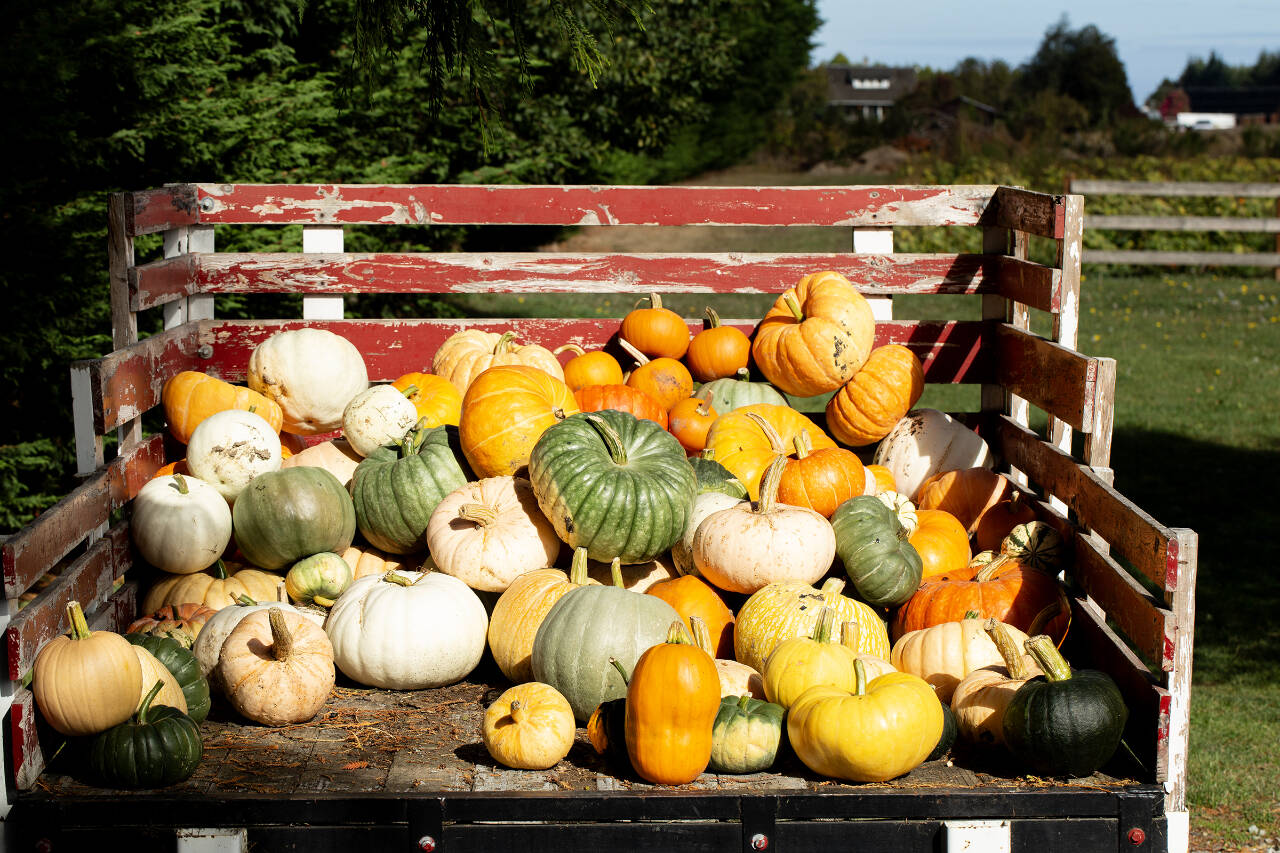The autumn season is a time of shorter days and cooler temperatures. The landscape has been transformed into a palette of warm colors before surrendering to leaves falling to the ground. Plants begin to fade and wildlife prepare for the cold months ahead.
Now is the time to begin fall cleanup of the garden in preparation for the approaching winter months. Tiding up the garden offers beneficial support to the garden’s health and prepares it for new growth in spring.
Planting
Fall is the time to plant trees, shrubs, and evergreen perennials. The cooler weather and rain helps them to establish good root structures in preparation for the spring. Planting can occur through November or before the ground freezes. Continue to water the plants thoroughly and deeply to help them survive winter conditions.
For spring bulbs to produce beautiful blooms in the spring, they need to be planted now. Bulbs need a long period of cool temperatures to develop strong roots which, in turn, will support the new foliage when spring arrives.
For a dramatic bouquet in the spring garden, plant the bulbs in bunches of 10-12 bulbs of the same variety. Don’t allow the bulbs to touch so as prevent avoid bulb rot.
Leave the leaves
Protecting insects and wildlife in the garden is important when preparing the garden for winter. Leaving leaves in the landscape beds provides nesting habitats for them. Many butterflies and moths use the leaf litter to protect their eggs, chrysalides and cocoons.
Queen bumblebees and other ground-dwelling insects rely on leaf litter to protect themselves from the elements. Wait until late spring to remove the leaves after the overwintering insects have fully emerged.
Leaving leaves in the garden also safeguards plants from freezing temperatures, particularly to those that may not be winter hardy. Leaves provides moisture retention and suppresses weed growth. As leaves decompose, they provide excellent organic nutrients to the soil.
Layer leaves around the base of plants leaving the collar exposed. Do not place leaves or other mulches on iris’s as they can cause rhizome rot. Iris rhizomes like to be exposed to sun and need good air circulation.
While it is beneficial to retain leaves in garden beds, leaves should always be raked off the lawn in order to maintain its health. Leaves that are left on the lawn can suffocate the grass, increase the accumulation of thatch and invite mold and fungi. Raked leaves that are disease-free can be used as mulch in garden beds or placed into compost bins.
Cleanup of perennial, annual plants
Perennials are plants that live longer than two years. Through time, they get larger and can overcrowd other plants. To keep them healthy, most perennials need to be divided. Depending on the plant, perennials should be divided every three to seven years.
Those plants that have flowered in the spring and summer should be divided in the fall. This allows the roots to establish themselves before the ground freezes. Late summer and fall-blooming perennials, such as Douglas aster (Symphyotrichum subspicatum), hyssop (Hyssopus officinalis), and blanket flower (Gaillardia spp.) should not be divided in the fall as it can shock the flowering plant. Wait until the spring to divide them.
During the fall months, herbaceous perennials or nonwoody plants, such as hostas (Hosta plantaginea), and daylilies (Hemerocallis) will begin to wither and die. Cut these plants to the ground and remove all disease-free debris to the compost. Leaves that are diseased should always be thrown away in the trash.
Plants with sturdy stalks can be cut at various heights, between 8- 15 inches above the ground such as Joe Pye weed (Eupatorium spp.) or bee balm (Monarda spp.). The stalks will provide nesting cavities for solitary bees and other insects.
The seedheads of many perennials, such as Black-eyed Susans (Rudbeckia hirta), coneflowers (Echinacea) and allium (Allium) can be left intact. These seeds offer food for birds and other wildlife throughout the winter months. They will also provide prolonged interest in the winter garden.
Annuals only live for one season. Once they have died back, they can be removed and composted. Many annuals are self-seeding and, with luck, may return the following year.
Lawns
In preparation for winter, lawns should be mowed between 2–2½ inches high in order to protect them from cold weather conditions. Pull weeds before they reseed and apply a synthetic slow-release fertilizer. This can be applied as late as mid-November.
If needed, adding lime to the lawn is best done in the fall. Lime enriches the soil and prepares it for the growing season. Always avoid walking on the lawn when it is frozen.
Pruning
Pruning of trees and shrubs is not advised during this time as it will stimulate new growth. As plants wind down for the winter they are focusing their energy to their roots. Pruning late in the season can weaken these plants and make them susceptible to diseases.
Pruning would also remove the buds of spring- flowering plants and prevent them from bearing fruit. Only prune sparingly to remove dead or diseased parts of a plant.
When the gardening chores are completed, clean the tools and sharpen them. Drain the water from the hoses and put them away. Flower pots that are not frost-resistant can be wrapped in burlap or put into storage.
Come spring, you will reap the rewards of a healthy garden!
Loretta Ferguson is a Clallam County Master Gardener who enjoys gardening at the Woodcock Demonstration Garden.
Until we meet again …
This will be the last Get It Growing article for the year. Please look for this column to return next March.



